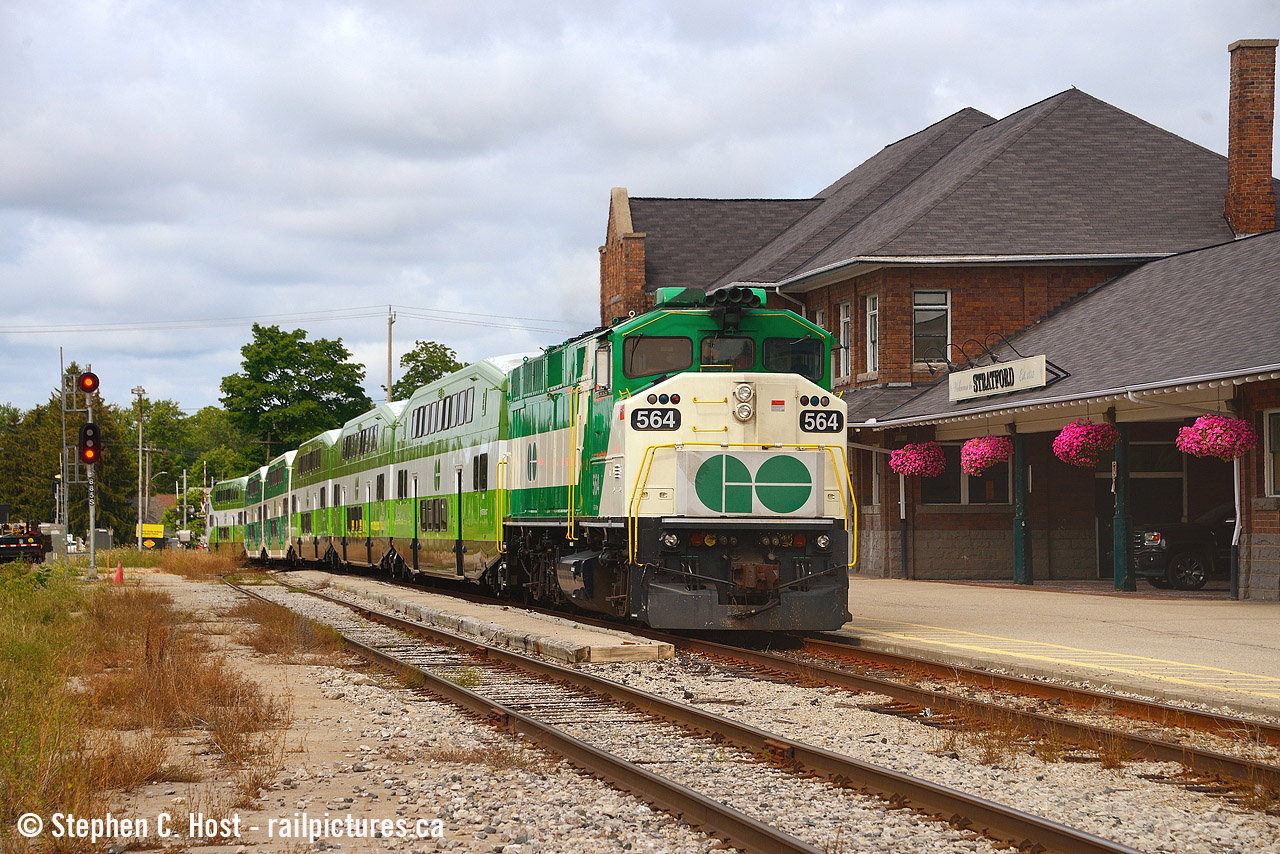^Regardless of timing, it's hard to envision anything other than peak unidirectional express service on top of 15 minute stopping LSW service so long as there are only three tracks. Very tricky to interleave the express onto the two stopping tracks, and the crossing over would slow things down. VIA needs slots on that third track also.
While that end-to-end express service model sounds sexy, I'm not sure it is really optimal. The market for collecting riders heading for Hamilton may be as significant as the market for people wanting to fly from one end point to the other. Over the years, even the "express to Oakville" peak trains had picked up stops eg at Clarkson. With the Hurontario LRT coming on line, I can see the express justifying a stop at Port Credit also, as a major transfer point.
Right of way is quite wide enough for a fourth track Clarkson-Oakville, and that might enable something better than today, I can see the case for local trains only to Oakville with transfer there.
Lastly, the new trackage through Bayview is not high speed. Don't assume trains getting up to speed until east of about Lemonville Road.
- Paul





